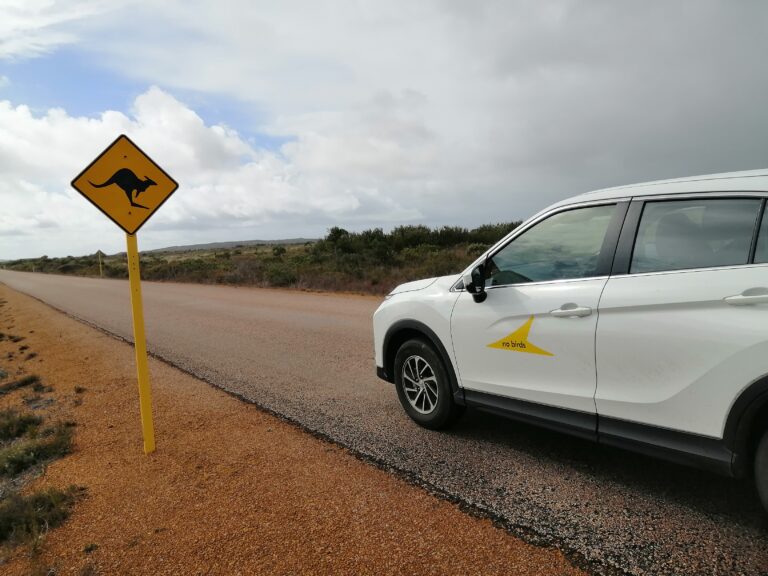Beyond Boom and Bust: Rethinking Tourism Policy for Sustainable Growth
Tourism is often hailed as a key driver of economic growth, cultural exchange, and local development. However, the policies that govern tourism frequently exhibit a concerning pattern of binary thinking. Governments tend to swing between two extremes: aggressively promoting growth to attract as many visitors as possible, and then reacting defensively when the consequences of overtourism become apparent.
During the growth phase, marketing campaigns strive for record visitor numbers, infrastructure is rapidly expanded, and local economies anticipate significant financial benefits from increased spending. Unfortunately, this celebratory phase often proves to be short-lived. As visitor numbers increase, destinations face mounting pressures, including overcrowded streets, strained public services, environmental degradation, and local communities being displaced from their neighborhoods. It is only then that policymakers react, implementing restrictions, quotas, or emergency management measures.
This reactive cycle is not only common but also inefficient and often detrimental. What is missing is a focus on the “in-between,” as João Romão highlighted in Episode 22 of the High-Yield Tourism Podcast. This involves the deliberate and strategic management of tourism that balances growth with sustainability. Proactive policies might include setting clear capacity limits, aligning tourism offerings with carefully selected target markets, and ensuring that economic benefits remain rooted in local communities. By adopting such measures, destinations can sidestep the disruptive oscillation between unchecked growth and crisis management.
For high-yield tourism destinations, those aiming to attract not just more visitors but the right kind of visitors, the stakes are even higher. Strategic visitor management is essential, as it facilitates experiences that complement a destination’s carrying capacity. This approach encourages off-peak travel to minimize congestion and develops infrastructure that benefits both residents and tourists. The result is the preservation of the destination’s integrity while enhancing the quality of the tourism experience, leading to a virtuous cycle of satisfaction, loyalty, and repeat visits.
Moreover, careful planning can yield equitable outcomes. When policies recognize local communities as central stakeholders, tourism can provide ongoing economic benefits without displacing residents or eroding cultural heritage. High-yield destinations that implement these strategies are better positioned to maintain long-term profitability, a strong brand reputation, and the social license to operate.
Global Case Studies: Managing the “In-Between”
Several destinations worldwide have adopted approaches towards balanced tourism management, illustrating that sustainable practices can coexist with economic growth:
Barcelona, Spain
In response to increasing local opposition to mass tourism, Barcelona has enacted measures to limit cruise tourism. The city plans to reduce the number of cruise terminals from seven to five and impose a cap on cruise passenger numbers to alleviate overcrowding and mitigate environmental impact. This initiative is part of a broader strategy aimed at managing tourism sustainably while preserving its economic advantages.
Dunagiri, India
The hill region of Uttarakhand is developing a 1.5 km plantation trail through its horticulture department’s garden, promoting “horti-tourism.” This initiative integrates conservation efforts with agriculture and community livelihoods, giving visitors an opportunity to experience local biodiversity while supporting the economy.
The Burren & Cliffs of Moher Geopark, Ireland
As a UNESCO Global Geopark, this area has implemented a Code of Practice for Sustainable Tourism, engaging local businesses in sustainable practices. The code emphasizes collaboration, environmental stewardship, and strengthening livelihoods, fostering a cooperative approach to tourism management.
Ultimately, breaking free from binary thinking requires a shift in perspective. Growth and sustainability are not mutually exclusive. With forward-thinking, deliberate planning, and continuous monitoring, destinations can manage tourism in a manner that benefits both visitors and local communities. By focusing on the middle ground, avoiding both under-promotion and over-exploitation, policymakers can transform tourism from a volatile economic driver into a stable, high-value sector, yielding lasting benefits for all stakeholders.
Enhance Your Tourism Strategy
High-Yield Tourism is dedicated to helping you design strategies that maximize revenue without compromising sustainability. From destination audits and market alignment to visitor management and community engagement, our expert team provides actionable insights to help you navigate the “in-between” of tourism policy. Don’t wait for the next overtourism crisis—start planning smarter today and unlock the full potential of your destination. Contact us now to learn how High-Yield Tourism can elevate your strategy.
Listen to our podcast Episode 22 on "Why the Economic Geography of Tourism Really Matters to Destinations"
Photos by MingJun He on Unsplash, Yuliya Matuzava on Unsplash. Aniket Mandish on Unsplash, Ben Eubank on Unsplash
more insights

The AI Divide in Tourism: How Big Data Is Leaving Small Operators Behind
The AI Divide in Tourism: How Big Data Is Leaving Small Operators Behind Artificial intelligence (AI) and big data are transforming the tourism industry. From

Introducing The Strength-based Strategy Framework To Drive High-Yield Tourism
Introducing The Strength-based Strategy Framework To Drive High-Yield Tourism How an Adapted Business Model Is Revolutionizing Destination Planning: From Volume to Value soar /sɔː/verb: achieving

6 Reasons Why Western Australia Excels at Self-Drive Tourism
6 Reasons Why Western Australia Excels at Self-Drive Tourism Gary Bowerman reflects how ‘WA’ – self-titled as ‘Home of the Road Trip’ – maximises the
High-Yield Tourism
68 Circular Road #02-01
Singapore 049422
Email: hello@highyieldtourism.com
Sign-up to receive updates about High-Yield Tourism, industry news, and reports.
